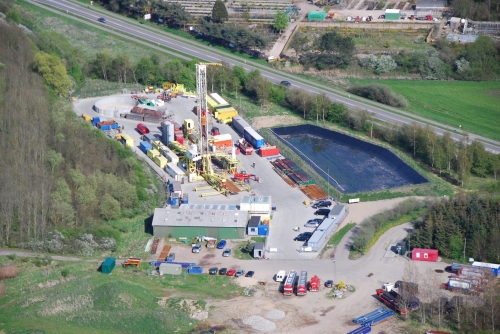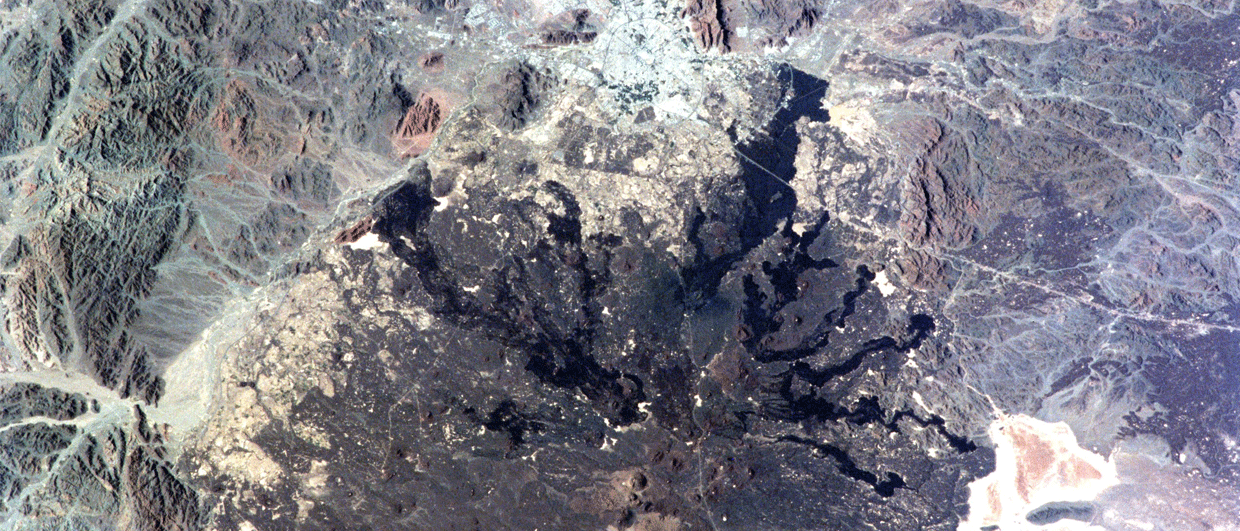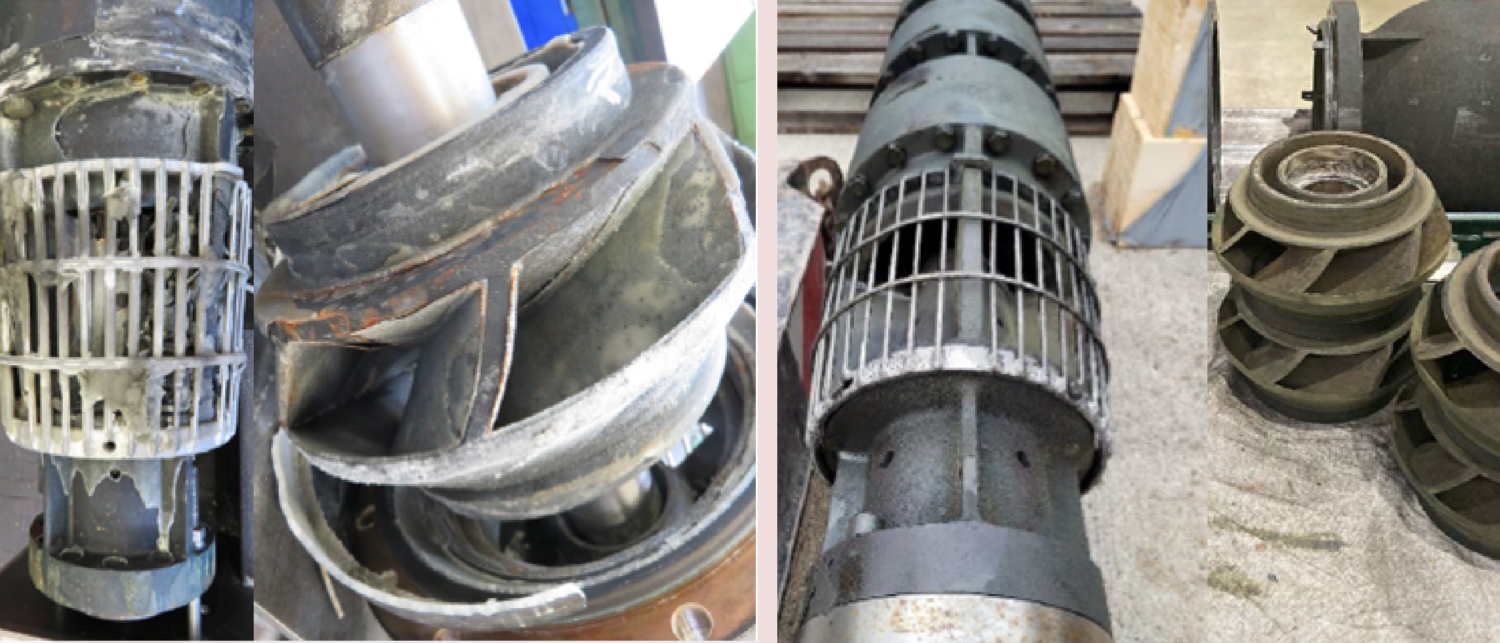Denmark is a country where some key ingredients for the successful implementation of a geothermal project are present: a complex of district heating systems enabling the effective and local distribution of geothermal energy and a favourable subsurface setting offering a number of aquifers from which water of adequate temperature can be produced.
Yet, only three projects have thus far been realised, two of which were terminated due to technical issues. As Lotta Luthje, a geological consultant based in Denmark remarks: “It was a matter of nuts and bolts”.
Geothermal energy for Copenhagen
In a press release issued last week, the Danish Energy Authority announced the award of another geothermal exploration and extraction licence to Innargi A/S in the Copenhagen area (Hovedstadsområdet, Ringsted & Holbæk), one of the largest licences issued so far. This project can be a turning point for the industry and implement the technology in the Danish capital.

The three projects realised in Denmark so far are Sønderborg, Margretheholm and Thisted.
Sønderborg was closed due to slight geological and mostly technical reasons. There was no water in the primary Triassic Bunter sandstone target, so the operator had to use the shallower Gassum formation at only 1.2 km depth. Due to this, all filters were wrongly designed but used anyway and accidental corrosion of the steel pipes in the saline environment clogged up everything.
Similarly, the Margretheholm project was closed due to coatings inside the pipes. This was mainly driven by precipitation of salts from the Triassic Bunter reservoir inside the filters and the pipes. As the casing was wrongly designed, the coating could not be removed which led to the early closure of the project.
In contrast to the two projects mentioned above, the Thisted geothermal project has been a success since its start-up in 1984. Initially planned to extract water from the Bunter sandstone, an exploration well drilled proved that permeability was too low. For that reason, the Gassum reservoir was selected instead, and with the filters designed correctly, the plant successfully operates between October and April for decades already.
How much energy does a geothermal project deliver compared to an oil well?
The Thisted geothermal site produces up to 7 MW of energy. How does this compare to an oil field development? First of all, 1 barrel of oil equates to approximately 6.1 x 10^9 J. With 1 MW being equal to 1000,000 J/s, the Thisted site produces an equivalent of around 98 barrels of oil per day, from a single well – in fact, a producer and injector well.
If compared to an offshore single well oilfield, a geothermal project such as Thisted is being dwarfed – the Cook field in the UK Central North Sea produced around 5,700 barrels per day in late life.
However, when compared to onshore oil fields, the energy produced by Thisted does fall in the same range. In this brochure published by the UK Onshore Operators Group, it is mentioned that approximately 300 operating wells onshore UK produce in excess of 20,000 barrels of oil per day. That averages to 66 barrels of oil per day per well, which is very much in the same range as the Thisted project.
It is clear from the projects mentioned above that the Triassic forms an important candidate for geothermal heat projects in Denmark. This paper published in the Netherlands Journal of Geosciences presents a good overview of the geological characteristics of the main reservoirs.
So, with the experience of previous projects, one of which has now been operational for decades, it now seems that the time is right to realise more geothermal projects in Denmark.
HENK KOMBRINK




